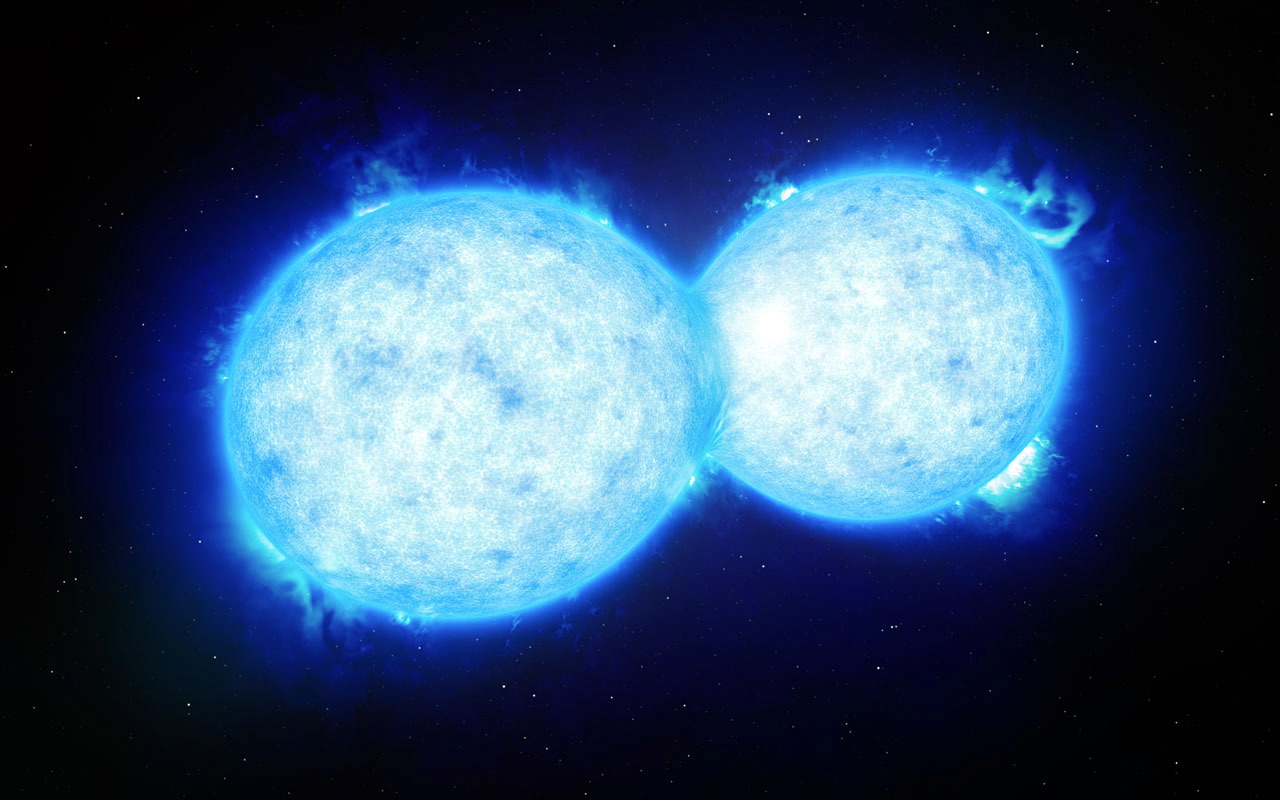Best Space stories of the Week – Oct. 25, 2015

Scott Kelly set a new record for American spaceflight, a collector set a new record for the most money ever paid for astronaut memorabilia, and scientists are continuing to search for signs of an alien civilization around a distant star. Plus: New "Star Wars: The Force Awakens" movie trailer! Here are Space.com's top stories of the week.
Scott Kelly sets new American spaceflight record
Astronaut Scott Kelly, who is currently living serving as commander of the International Space Station, recently set a new record for total time spent in space by an American astronaut. Kelly has logged more than 382 days in space on three separate trips into orbit, including his current mission which will keep in in space for just shy of one year. [Full Story: Astronaut Scott Kelly Sets New U.S. Record for Time Spent in Space]
Search for alien megastructure continues
NASA's Kepler space telescope recently spotted some very strange changes in the light coming from a star that lies about 1,500 light years from Earth. Some astronomers have raised the possibility that a "megastructure" created by an alien civilization is responsible for the fluctuations. In order to investigate this possibility further, scientists are using a group of radio dishes called the Allen Telescope Array to look for artificial signals coming from the vicinity of the star. [Full Story: Search For Intelligent Aliens Near Bizarre Dimming Star Has Begun]
60 days in bed, for science
A group of 12 men agreed to stay in bed for 60 days straight in a scientific study that aims to better understand the effects of spaceflight on the human body. The participants will have their heads positioned slightly lower than their feet for the duration of the study, and are not allowed to get up to go to the bathroom, to shower, or to eat and drink. [Full Story: 60 Days in Bed: Study Tests Spaceflight's Effect on Human Body]
Get the Space.com Newsletter
Breaking space news, the latest updates on rocket launches, skywatching events and more!
The new "Star Wars" trailer is here!
The first full-length trailer for the new movie "Star Wars: The Force Awakens," due out in December, was released this week. Tickets for the movie also went on sale. [Full Story: 'Star Wars Episode VII: The Force Awakens': New Trailer Launches Ticket Sales]
Stargazing with POTUS
President Obama welcomed young stargazers to the White House's South Lawn for the second White House Astronomy Night. Also in attendance were a dozen astronauts, science popularizer Bill Nye the Science Guy, and the hosts of the TV show "Mythbusters."
Two stars caught smooching
Two hot, massive stars were spotted by astronomers in a tight celestial embrace. The stars orbit so close to one another that their material has begun to overlap — a kind of stellar "kiss." [Full Story: Star-Crossed Lovers? Two Suns Caught Smooching]
Real-life "death star" vaporizes planet
A white dwarf (the left-over corpse of a burned out star) is disintegrating an orbiting planetoid little by little. The planetary body only has about a million years before it is fully destroyed by its host star. The finding is a treasure for astronomers, who say this illustrates what is thought to be a common part of stellar and solar system evolution in the universe. [Full Story: 'Death Star' Vaporizes Its Own Planet: 1st Evidence]
NASA's 3D camera could be used for brain surgery
A device called the Multi-Angle Rear Viewing Endoscopic Tool (known as MARVEL), developed at NASA's Jet Propulsion Laboratory (JPL), is one of the world's smallest 3D cameras, and scientists say it could be used to provide high-resolution images of the brain during surgery. [Full Story: Not Rocket Science! NASA's 3D Camera Could Improve Brain Surgery]
Ingredients for life have been here all along
A new study of material streaming away from Comet Lovejoy found 21 complex organic molecules, which suggests that the protoplanetary nebula where Earth formed was rich with the building blocks for life. [Full Story: Ingredients for Life Were Always Present on Earth, Comet Suggests]
Wristwatch worn on the moon sells for $1.6 million
In what appears to be the most money ever paid for a piece of astronaut memorabilia, an anonymous buyer threw down $1.6 million at auction for a watch worn during the Apollo 15 moon mission by astronaut David Scott, the first person to drive a car on the lunar surface. [Full Story: Astronaut's Watch Worn on the Moon Sells for Record $1.6 Million]
3D printed houses on Mars
Three winners have been announced in a contest to produce a 3D-printable habitat that humans could live in on the surface of Mars. The top winner was awarded $25,000 for designing the "Mars Ice House," which looks like a translucent pyramid. [Full Story: NASA Picks Winners for 3D-Printed Mars Habitat Design Contest]
Follow Calla Cofield @callacofield.Follow us @Spacedotcom, Facebook and Google+. Original article on Space.com.
Join our Space Forums to keep talking space on the latest missions, night sky and more! And if you have a news tip, correction or comment, let us know at: community@space.com.

Calla Cofield joined Space.com's crew in October 2014. She enjoys writing about black holes, exploding stars, ripples in space-time, science in comic books, and all the mysteries of the cosmos. Prior to joining Space.com Calla worked as a freelance writer, with her work appearing in APS News, Symmetry magazine, Scientific American, Nature News, Physics World, and others. From 2010 to 2014 she was a producer for The Physics Central Podcast. Previously, Calla worked at the American Museum of Natural History in New York City (hands down the best office building ever) and SLAC National Accelerator Laboratory in California. Calla studied physics at the University of Massachusetts, Amherst and is originally from Sandy, Utah. In 2018, Calla left Space.com to join NASA's Jet Propulsion Laboratory media team where she oversees astronomy, physics, exoplanets and the Cold Atom Lab mission. She has been underground at three of the largest particle accelerators in the world and would really like to know what the heck dark matter is. Contact Calla via: E-Mail – Twitter










